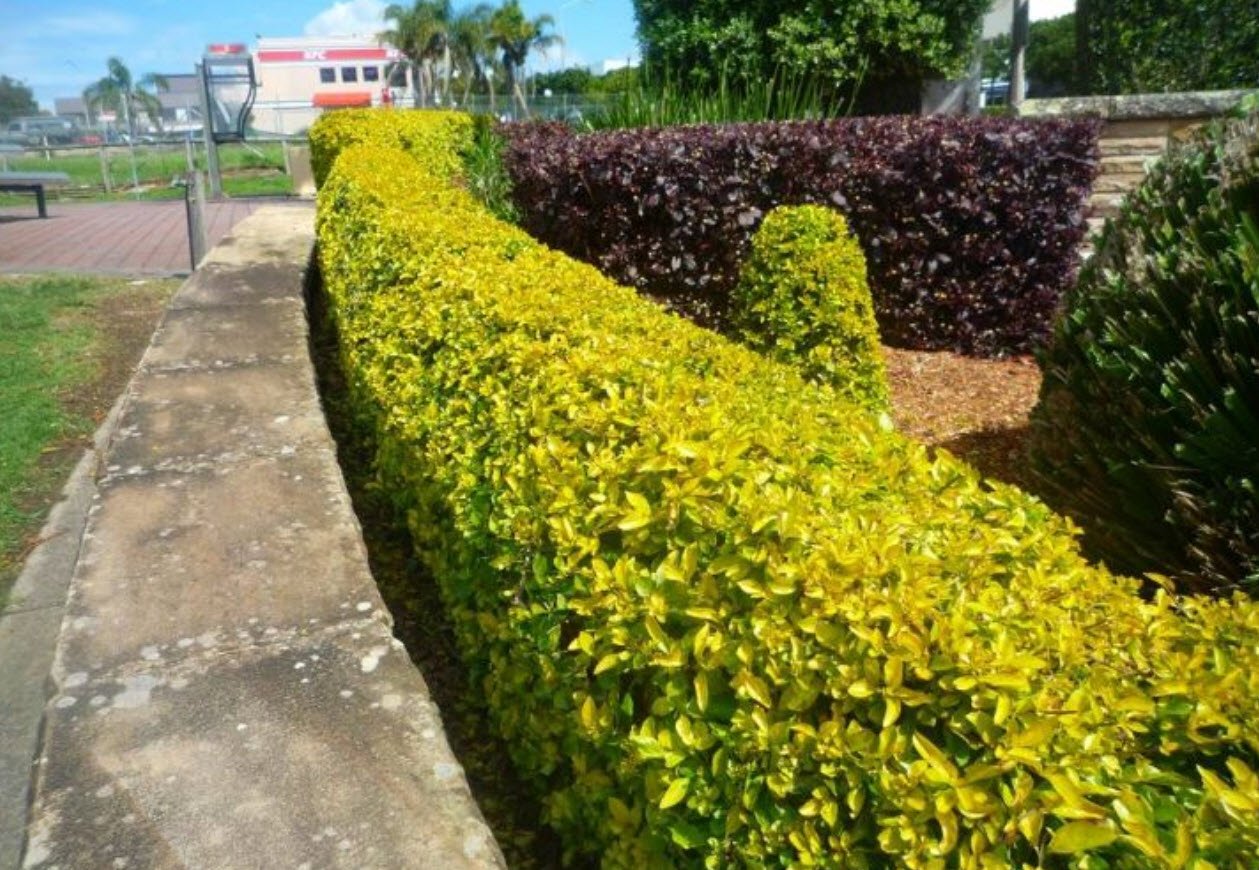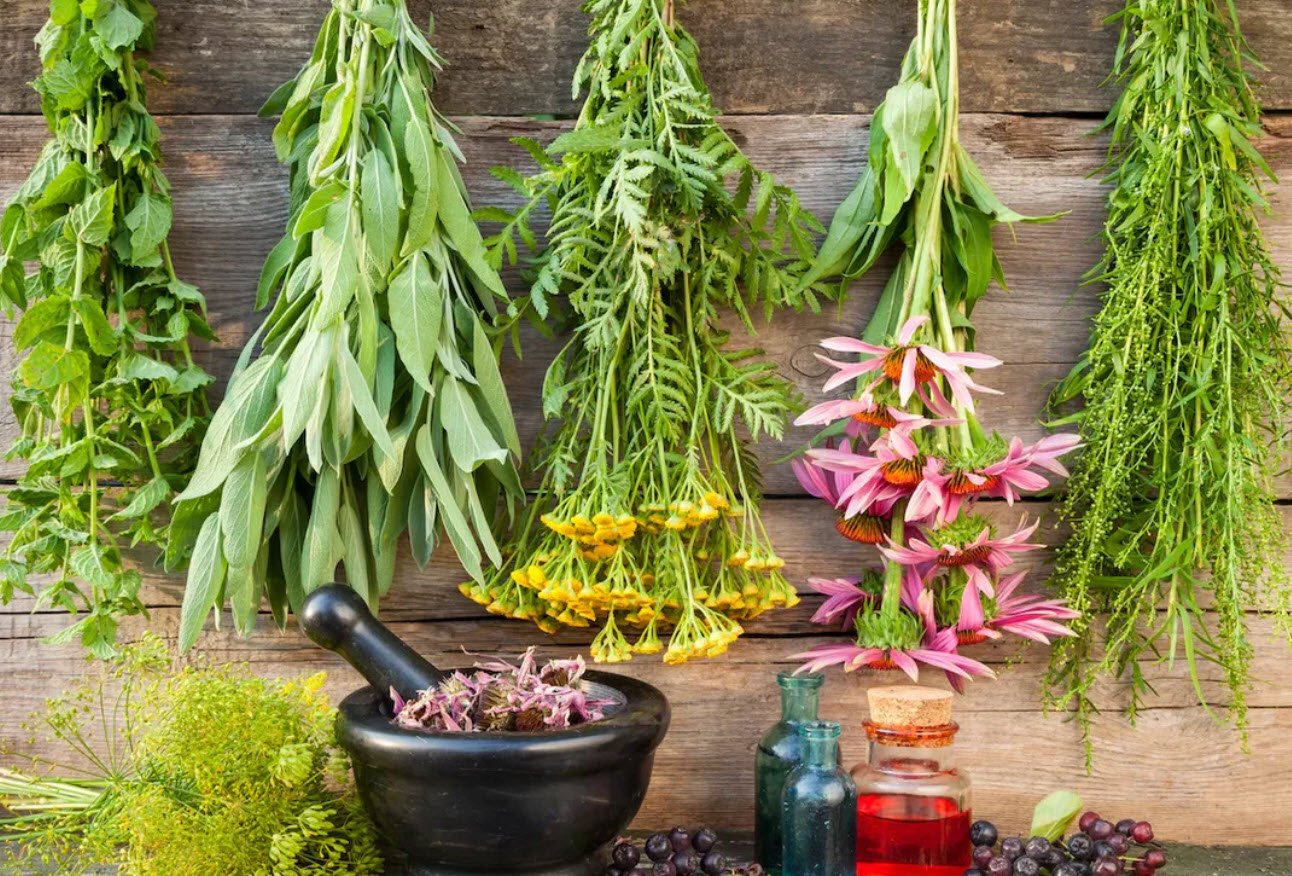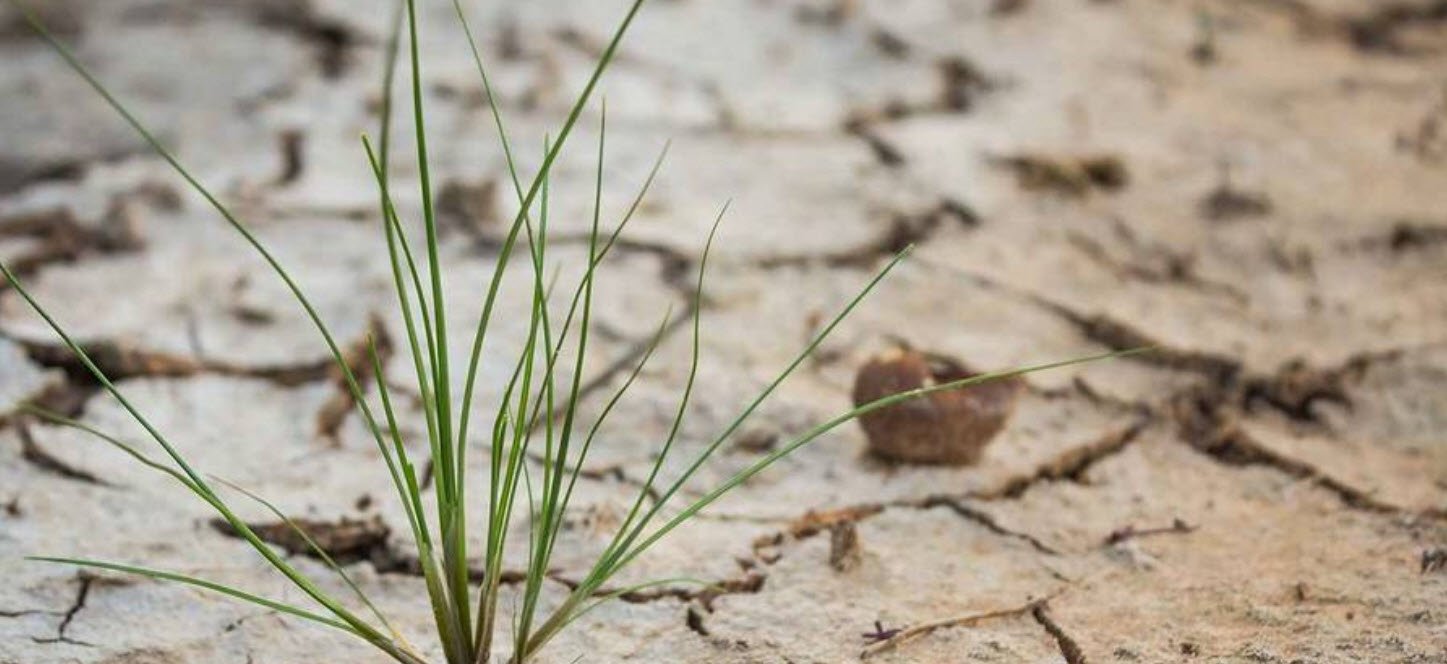
Plants and Gardening is the art of growing plants and caring for them. Plants are the most common living things on the planet, with around 30,000 species in existence. Plants are used for food, medicine, fuel, building materials, and many other things. Plant cultivation has been practiced since prehistoric times. In some cultures, it was considered a sacred art form.
Plants and gardening are so exciting! They can help you:
- Sleep better in your own bed
- Enjoy the outdoors more
- Have more energy to do what you love
- Eat better plants (that’s right, you can grow your own vegetables!)
Plants also help keep our planet healthy by recycling nutrients like nitrogen (which is found in fertilizer) back into the soil where it belongs. You’ll see this when you look at your lawn after it’s been cut—the grass doesn’t have any nitrogen left over!
Here is some terminology commonly used in reference to plants and gardening:
Annual
An annual plant is a plant that completes its entire life cycle, from germination to the production of seeds, within one growing season, and then dies. They typically live for only one year and need to be replanted the following season.
Annual plants are a good choice for gardens and landscapes because they provide quick and easy color and can be used to fill in gaps in perennial beds. Some examples of annual plants include marigolds, zinnias, and sunflowers.
Arboretum
An arboretum is a botanical garden that specializes in the cultivation and study of trees, shrubs, and other woody plants. Arboreta often include walking trails and educational displays, and may also have facilities for research and conservation of plant species.
Some arboreta focus on specific types of plants or regions, while others have a wide variety of specimens from around the world. Visiting an arboretum can be a great way to learn about different types of trees and shrubs, and to see mature specimens that are not commonly found in typical landscapes.
Axil
The axil is the angle formed between the upper side of a leaf or stem and the stem or branch from which it emerges. It is located at the point of attachment of a leaf or stem to a larger stem. The axil is also the location where buds, flowers and fruits develop. This is an important area to examine when identifying plants, as the location and arrangement of buds, flowers, and fruits in the axils can be used to distinguish between different species.
Bract
A bract is a modified leaf that is typically smaller and located near a flower or an inflorescence. Bracts can vary in size, shape, and color, and can be used for a variety of purposes, such as attracting pollinators or protecting developing flowers or seeds.
Some bracts can be brightly colored and resemble petals, and in some cases, they are even more showy than the flowers themselves. Bracts can be found in a wide range of plants, from grasses to conifers to tropical flowering plants.
Cold Hardy
Cold hardy refers to a plant’s ability to survive and thrive in low temperatures. Plants that are cold hardy have adapted to grow in regions with colder climates and can tolerate frost and freezing temperatures.
These plants are able to survive the winter by either going dormant, shedding leaves or needles, or by producing anti-freeze compounds in their tissues. Cold hardy plants are often used in landscaping in areas with colder climates as they can survive the winter. Trees, shrubs, perennials, annuals and vegetables are all examples of cold hardy plants.
Conifers
Conifers are a group of plants that bear cones and have needle-like or scale-like leaves. They are also known as evergreens, as they retain their leaves throughout the year. Conifers are a diverse group of plants that can be found in a wide range of habitats, from deserts to rainforests, and from sea level to high elevations.
Some of the most familiar conifers include pine, spruce, and fir trees, but there are also many other types of conifers, such as junipers, redwoods, and cypresses. Conifers are important for many ecosystem functions and are also used for timber, paper production and ornamental purposes.
Cultivar
A cultivar is a variety of a plant that has been deliberately selected, propagated, and maintained by human activities. Cultivars are created through controlled breeding programs, and are often selected for specific characteristics such as flower color, size, or hardiness.
Cultivars are identified by a unique name, which is usually in Latin, and is written in single quotes, like ‘Burgundy’, ‘Golden Delicious’ or ‘Rosa’. Cultivars are important in horticulture and agriculture, as they allow farmers and gardeners to select plants with desired traits. Cultivars can be either hybrids or subspecies of the parent plant and may not have the same characteristics as wild type plants.
Deciduous
Deciduous plants are plants that lose their leaves at the end of the growing season, typically in fall or winter. This is a adaptation to the changing environmental conditions such as temperature and light intensity. These plants usually go dormant during the cold season and survive by storing energy in their roots or bulbs.
Deciduous trees, shrubs, and herbaceous plants can be found in a wide range of climates and habitats, and are an important component of many ecosystems. Examples of deciduous plants include oak, maple, and ash trees, as well as many types of fruit trees, such as apple and peach trees.
Herbaceous
Herbaceous plants are plants that do not have woody stems and typically die back to the ground at the end of the growing season. They are also known as non-woody plants. They are usually annual or perennial, which means that they can live for more than one year and they can either die back to the ground or survive through the winter by storing energy in their roots. Herbaceous plants are an important component of many ecosystems and are also used for food, medicine, and ornamental purposes.
They are found in a wide range of habitats, from deserts to rainforests. Examples of herbaceous plants include wildflowers, grasses, vegetables, and many types of flowers.
Hybrid
A hybrid is a plant or animal that is produced by crossbreeding two different species or varieties. The resulting offspring can have a combination of the characteristics of both parents. In plants, hybrids are often created to combine the best traits of different varieties, such as disease resistance, hardiness, and improved yield or appearance.
Hybrids can be created naturally or artificially. Hybrid plants can be created by crossbreeding different varieties of the same species or by crossing different species within a genus. They are usually identified by a special symbol like x or × before or after the name, such as F1 or × F1. Hybrid plants can be either sterile or fertile and they can be either annual or perennial.
Inflorescence
An inflorescence is a group or cluster of flowers that are arranged on a stem or branch. The arrangement of the flowers on the stem and the overall shape of the inflorescence can vary widely depending on the species of plant.
The term “inflorescence” refers to the arrangement of flowers on a stem, while the individual flowers are referred to as “florets.” There are several types of inflorescence, such as raceme, spike, panicle, umbel, etc. Each of them have different arrangement of flowers on the stem. The inflorescence can be an important feature for identifying different types of plants, and it also plays an important role in the reproductive biology of the plant.
Native plant
A native plant is a plant species that is indigenous to a particular region or ecosystem and has evolved over time in that specific location. They have adapted to the specific conditions of the local environment and are well suited to the climate, soil, and other ecological factors of that area.
Native plants are also known as indigenous, or wild plants. They are an important component of local ecosystems, providing food and habitat for wildlife, and playing a vital role in maintaining biodiversity. They also have cultural, historical and ecological values. Native plants have evolved over time in balance with the local fauna, insects and other plants, which is why they are well adapted to the local conditions.
Panicle
A panicle is a type of inflorescence in which multiple branching stems bear small clusters of flowers or spikelets. The main stem of the panicle is elongated and bears secondary branches, which in turn bear smaller clusters of flowers.
Panicles can be either terminal, meaning they grow at the tip of the stem, or axillary, meaning they grow in the leaf axils. They can be quite large and showy, such as the panicles of hydrangea, or small and delicate, like the panicles of millet. The overall shape and arrangement of the flowers on the panicle can vary widely depending on the species of plant. Panicles are a common type of inflorescence in grasses and many other plants, and they can be an important feature for identifying different species.
Perennial
A perennial plant is a plant that lives for more than two years and typically dies back to the ground at the end of each growing season, returning in the spring from its root system. These plants often have deep root systems and can survive in a variety of conditions.
Examples of perennial plants include flowers such as tulips and daffodils, vegetables like asparagus and rhubarb, and fruit-bearing plants like berries and fruit trees.
Shrub
A shrub is a type of perennial plant that typically has multiple woody stems, and is usually smaller than a tree. Shrubs can be evergreen or deciduous, and they often have a compact, bushy form. They can be used for a variety of purposes such as hedges, borders, or as standalone decorative plants. Some common examples of shrubs include hydrangea, rose, and boxwood. They can be propagated by seeds, cuttings, or layering.
Taxonomy
Taxonomy is the branch of biology that deals with the classification and naming of living organisms. It is a method of organizing and grouping living organisms in a hierarchical system based on their characteristics and evolutionary relationships.
The most well-known taxonomic system is the Linnaean system, which was developed by Carl Linnaeus in the 18th century. It is based on a hierarchical system of classification, with the most general categories at the top and the most specific at the bottom. The Linnaean system includes the following levels of classification: Kingdom, Phylum, Class, Order, Family, Genus, and Species.
Tree
A tree is a perennial plant with a single stem (or trunk) that supports branches and leaves. Trees are typically tall and have a woody stem and branches. They are a vital component of many ecosystems, providing habitat and food for a wide variety of organisms, as well as playing a role in the water cycle and carbon sequestration. Trees can be evergreen or deciduous, meaning they lose their leaves at the end of each growing season.
They come in all shapes and sizes, from the giant redwoods to the smallest bonsai. Trees can be propagated by seeds, cuttings, grafting, and layering. Some common examples of trees include Oak, Maple, and Pine.
Wildflower
A wildflower is a flower that grows naturally in the wild, rather than being planted or cultivated by humans. Wildflowers can be found in a variety of habitats, including meadows, fields, forests, and along roadsides. They can be annuals, biennials, or perennials, and they can be native or non-native to a particular area. They can be small and delicate or large and showy, and they come in a wide range of colors, shapes and sizes.
Some examples of wildflowers include daisies, poppies, lupines and sunflowers. They are often used for conservation, restoration and landscaping to enhance the biodiversity and to provide habitat for wildlife. Wildflower can be propagated by seed and some can be also propagated by root division or stem cuttings.
Woody Plant
A woody plant is a type of perennial plant that has a stem that is thickened and lignified, which gives it a woody texture. This allows them to maintain structural integrity over many years, even when their leaves die back during the dormant season.
Trees and shrubs are the most common examples of woody plants, but there are also woody vine and herbaceous perennial plants that have woody stems, such as bamboos. Woody plants are important components of many ecosystems, providing food and habitat for wildlife, and helping to regulate the water cycle and climate. They can be propagated by seeds, cuttings, grafting and layering. Some common examples of woody plants include Oak, Maple, Pine and Rose.
You may also like:- From Seed to Soil – How to Kickstart Your Garden
- Top 10 Plants You Can Grow Instead of a Fence
- Winter Sowing – Growing Resilient Plants From Seed in the Cold
- 12 Medicinal Plants You Can Grow At Home
- Effective Gardening Tips for Saline Soils
- Effective Strategies For Working With Shallow Soils
- Effective Strategies For Working With Acid Soils
- Perennial Plants: The Garden’s Timeless Beauties
- Understanding the World of Horticulture: Varieties, Propagation, and More
- Top Strategies for Dealing with Compacted Soils








